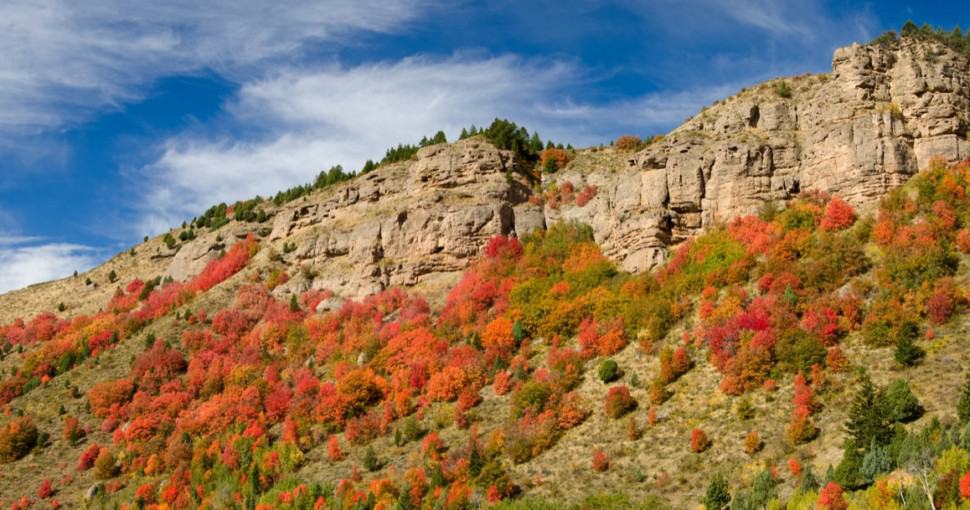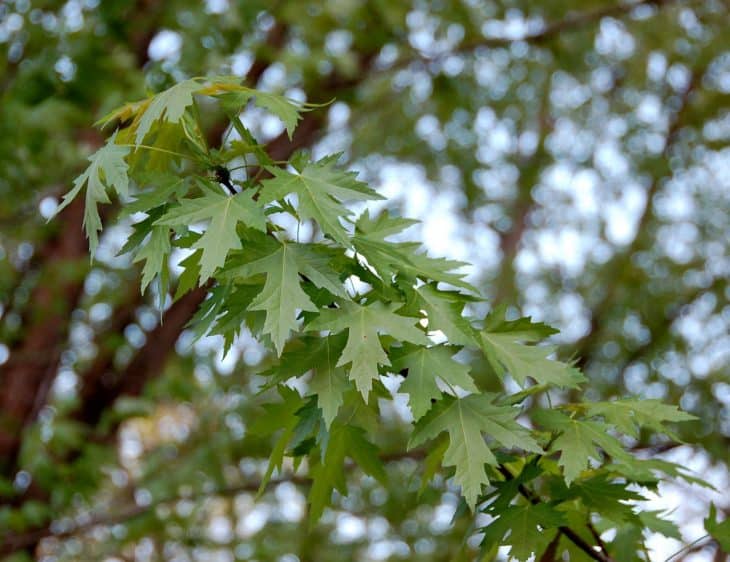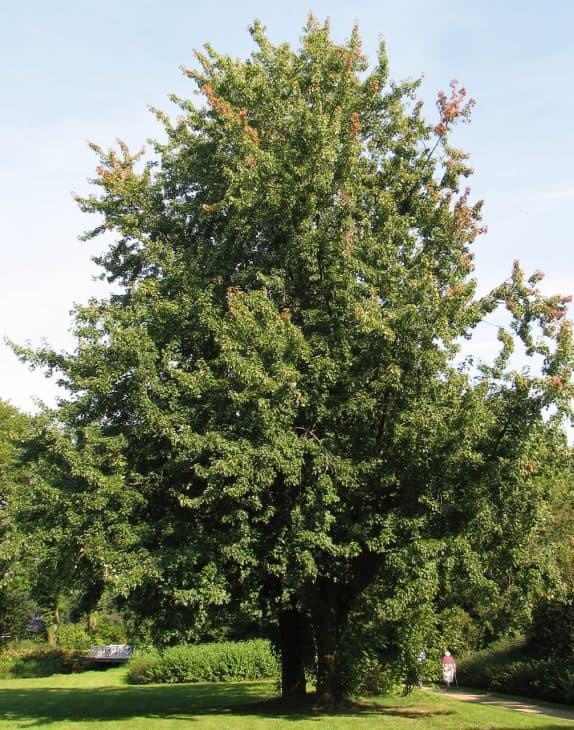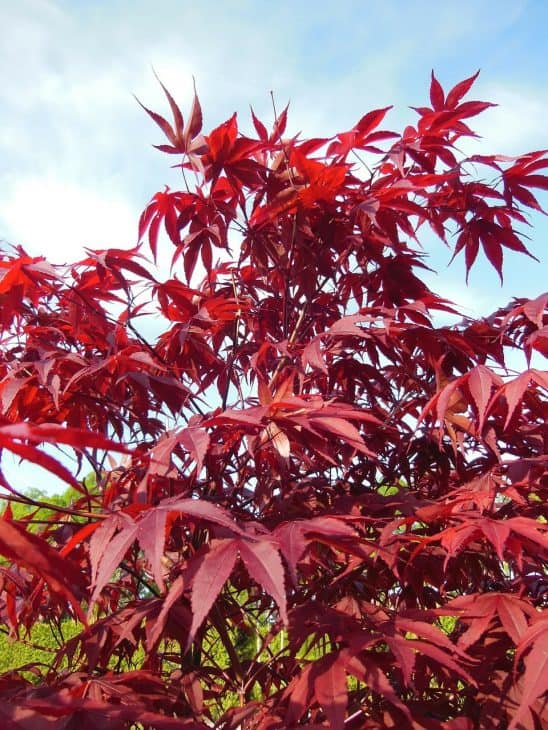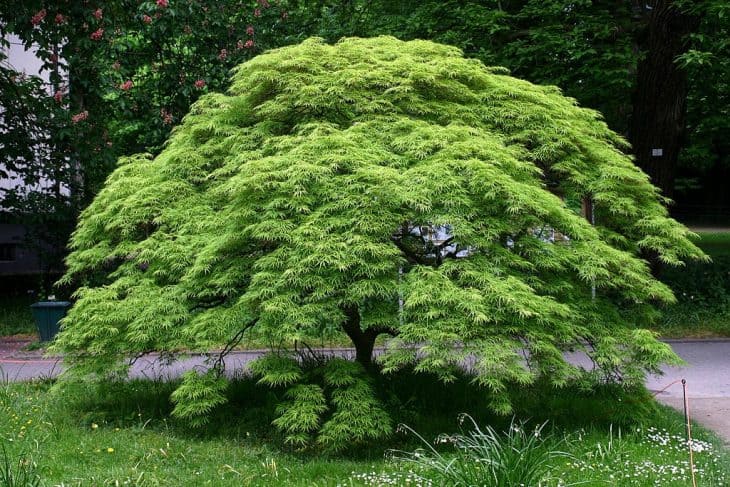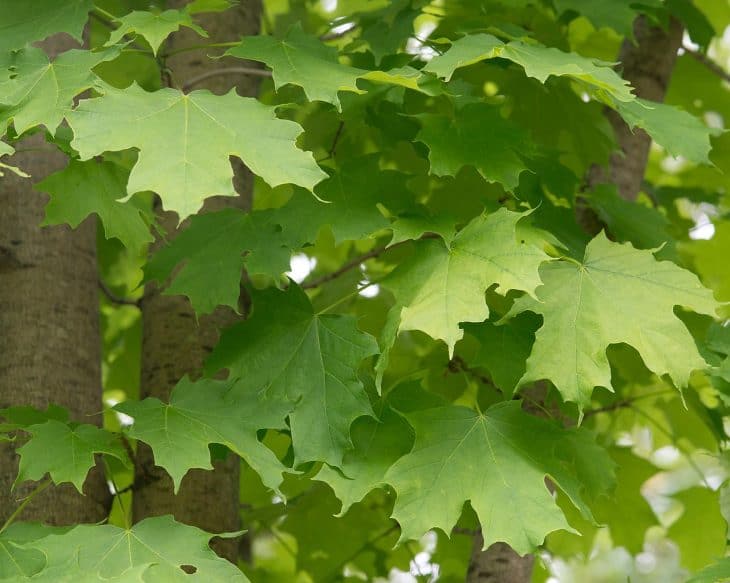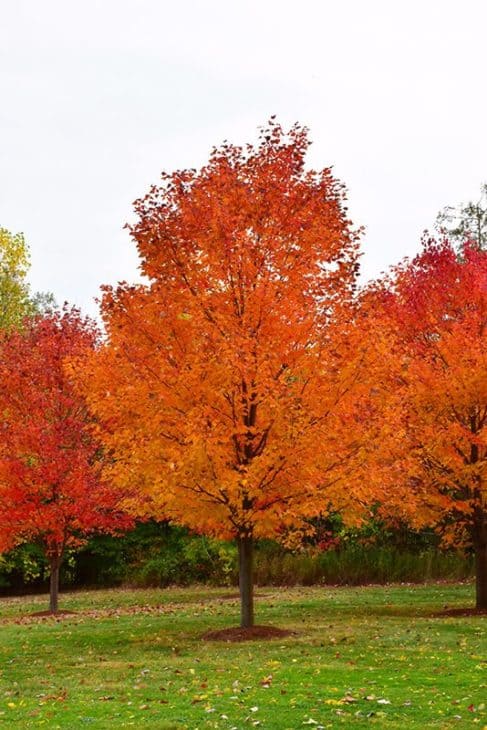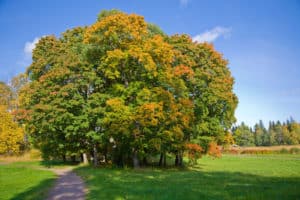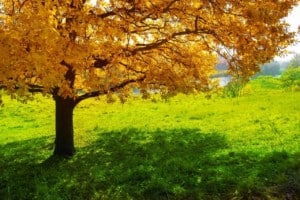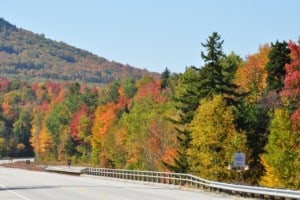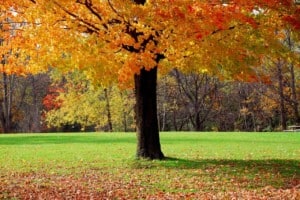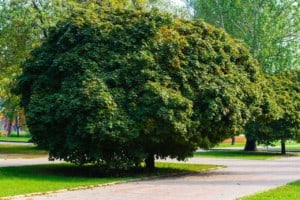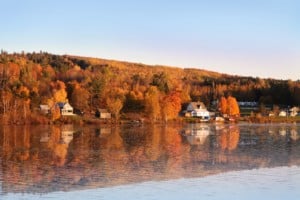From the Canadian border to the state’s southern border, Idaho boasts 21.5 million acres of forest land. Northern Idaho has a cold, humid climate, while central Idaho has a drier, hotter climate, and southern Idaho has a dry temperate climate. Idaho’s forests add to the state’s beauty, economy, environment, and culture.
Contents
With 40% of the land in the state covered in trees, Idaho ranks 10th in terms of forestland in the country. Over 20 tree species grow in Idaho’s diverse climate and geography, including broad-leaved hardwoods, deciduous trees that shed their leaves in the fall, needle-bearing softwoods, and evergreen trees that produce leaves that stay throughout the year and are constantly green.
The comparative suitability of a growth region for every tree species is determined by a number of factors. While soil composition, moisture, slope direction, inter-species competition, microclimate, and fire history all play a part in establishing a tree’s “neighborhood,” elevation is an essential aspect. Temperatures drop as height increases, while humidity levels climb. Higher on the hills are trees that demand more water and can endure cooler weather. At lower elevations, other varieties that can endure greater temperatures and dry soils thrive.
Idaho soils are ideal for sugar maples. Although some types of these species, such as ‘Bloodgood’ Japanese maples, are more cold-tolerant and thrive more easily in the region, soil quality and nutrients remain critical to maple tree survival. Idaho’s alkaline soil might not be suited to all maple species. In this post, we’ll talk about some of the most common maple trees found in Idaho.
1. Silver Maple (Acer saccharinum)
Silver maples are the fastest-growing maple tree species. In 20 years, it could very well reach a height of 50 feet. Moreover, because of the species’ flexibility, it’s become popular in places where other trees can’t thrive, such as poor, compressed soil and warm, dry environments. The underside of its leaves is silver, while the upper surface is green.
2. Red Maple (Acer rubrum)
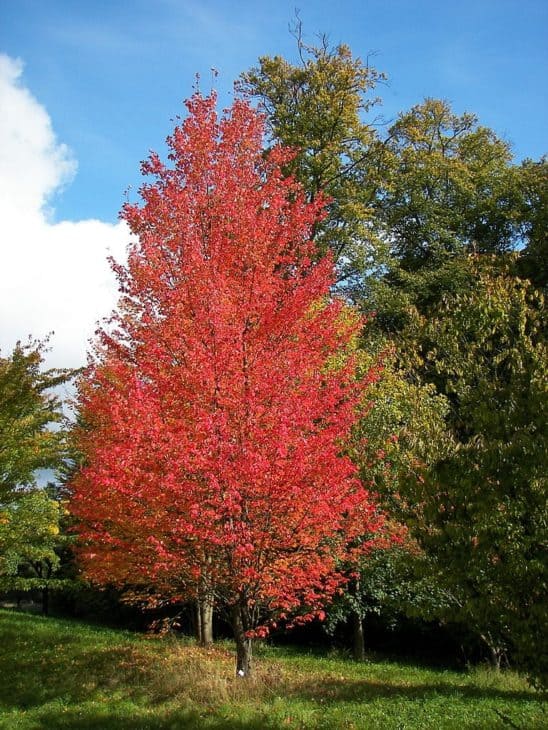
Red maple trees are fast-growing trees that reach a height of 60 to 90 feet. The biggest ones can reach heights of more than 120 feet. The Red Maple gets its name from its bright red fall leaves, red blooms, red fruit, red branches, and, naturally, red flowers. In the fall, these crimson maple leaves can also turn yellow or orange.
3. Japanese Maple (Acer palmatum)
Some varieties of the Japanese Maple have vibrant spring leaves, whereas others stand out more in the fall and winter. Some even have yellow leaves or green foliage, but many still have pink, crimson, or purple leaves in varied shades. Colors in the fall vary from golden to amber to red. There are around 300 different types or varieties with various sizes from 2 to 35 feet tall.
4. Sugar Maple (Acer saccharum)
Sugar maple is a hardwood that is native to the east coast and is one of Idaho’s greatest and most significant trees. Sugar maples thrive in damp, cooler areas. They are primarily known for their vibrant green, yellow, red, and orange leaves, as well as the production of delicious maple sugar, and thus, being the primary source of maple syrup.
5. Rocky Mountain Maple (Acer glabrum)
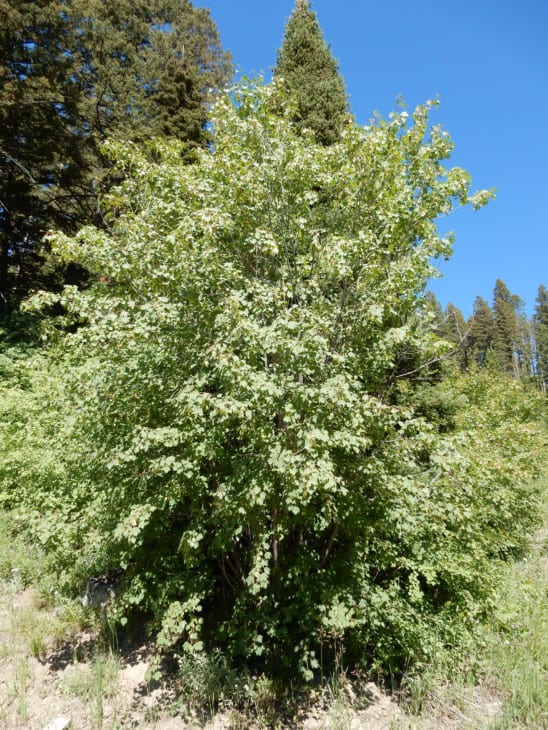
North Idaho’s only native maple, the Rocky Mountain Maple, grows as a small tree or shrub. It can reach a height of 33 feet as a tree. The dark green leaves often have a red tint, and in autumn, they turn a bright red and yellow. It flowers from April to June with small, yellow-green flowers.

